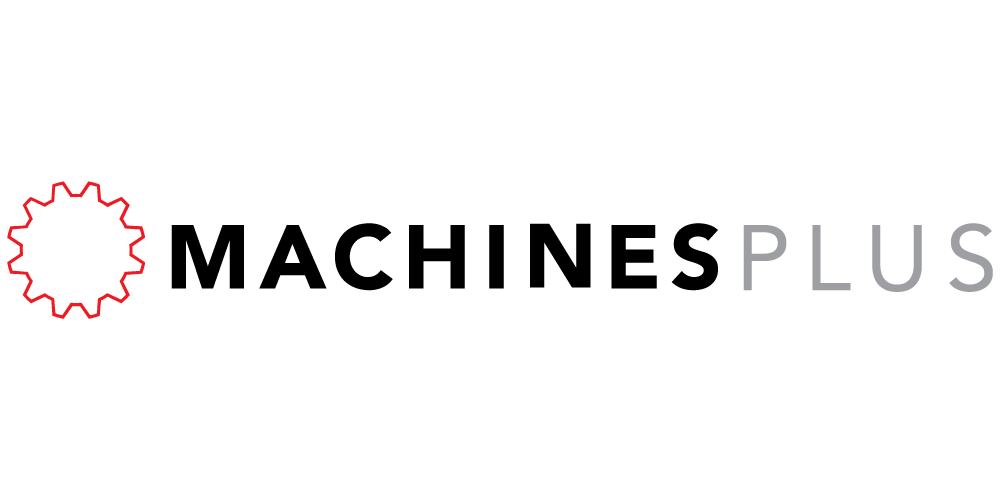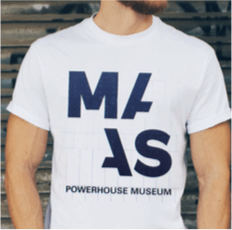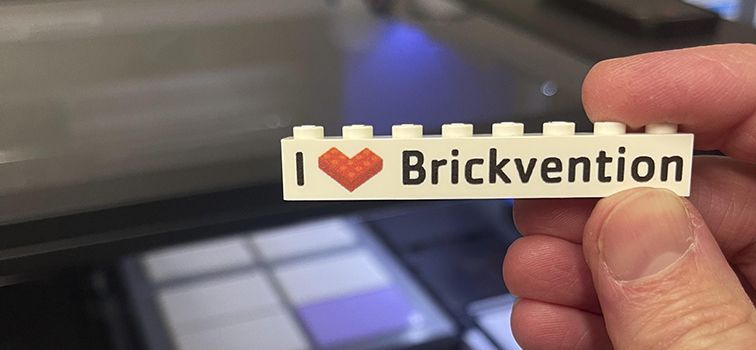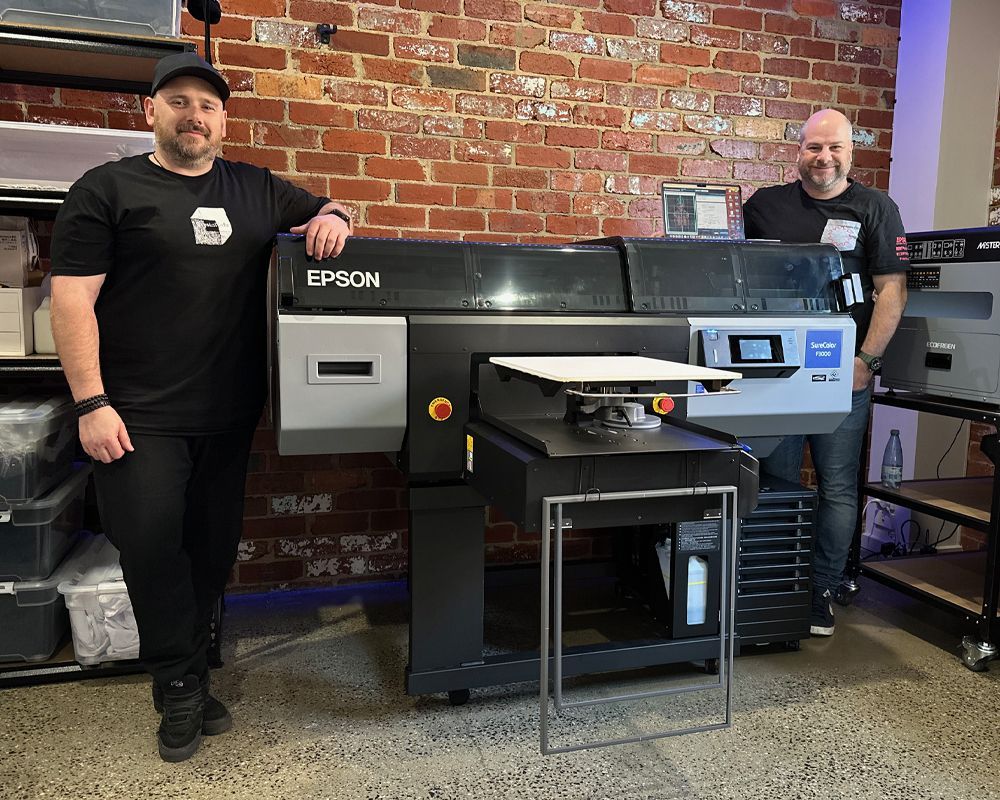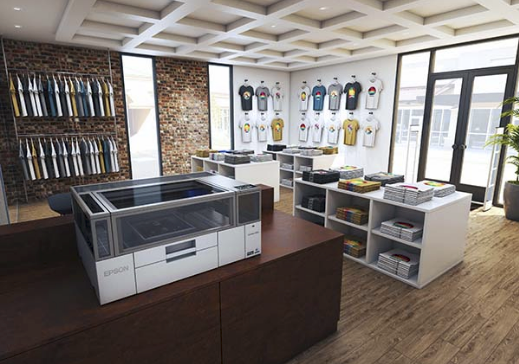This case study on the Ri 100 has been supplied by Ricoh
Established 140 years ago, Sydney’s iconic Powerhouse Museum draws thousands of visitors, tourists and students through its halls every year.
Part of the Museum of Applied Arts and Sciences (MAAS), the Powerhouse Museum’s working exhibitions demonstrate how technology, engineering, science and design impact Australia and the world.
The opportunity
With many visitors from schools and learning programs, the museum is always looking for innovative solutions to better manage its exhibitions and keep people engaged with memorabilia.
Owen Conlan, who looks after technology in the organisation, is always looking at innovative and interesting technology opportunities and how that can be implemented at the museum.
Conlan came across the Ricoh Ri 100 and was interested in discovering how a compact garment printing device could be used at the Powerhouse Museum.
“School holiday programs wanted to take pictures and every holiday period I got asked about on-demand printing so it will be very useful during the holidays,” he says. “Another application the team saw an opportunity with, was the large number of workshops held at the Powerhouse Museum in which clients design or create a drawing that is transferred onto a t-shirt, a value add.
The solution
“We did a trial with the [new Ricoh Ri 100 Direct to Garment] printer for a few weeks and got stakeholders involved to see the end result and feedback was received on how they could use it. With varying usages across different teams the cost was spread across the business,” said Conlan.
“As a technology manager I look at a range of applications and technologies to evaluate how it would be beneficial to our visitors, in this case we can now print t-shirts in-house. We always have the option of getting t-shirts printed externally, but that would need to be a larger run.”
The Ri can scale up to business requirements, a single t-shirt can be printed or 5 depending on the demand.
Conlan says this project did not involve a competitive play because the Ri 100 technology is quite an innovative solution.
“Other vendors have a big process for printing garments, but with Ricoh it was quite simple,” he says.
The evaluation process considered how easy it would be for non-technical people to use it and the costs for small runs of between 10 and 20 t-shirts.
“The Ri 100 is super easy to operate and is very cost effective for the amount we print,” Conlan says. “Also, the print quality was impressive.”
The machine itself is comparable in size to two desktop computers and consists of the printer and the heating tray. The whole system sits on a table and can be moved easily. T-shirts are loaded onto a tray like compartment and the tray is then loaded into the printer.
The benefits
The immediate business benefits were another revenue stream and improved engagement
with visitors, who can take something tangible away from their time at the Powerhouse Museum.
Another operational benefit relates to how staff engage with visitors. The museum now has the option of printing t-shirts for staff and volunteers for a specific exhibition.
Conlan says the museum experienced a good level of value and benefit by engaging with a Ricoh partner for the project.
“The printer gives us a bit of an edge as not many museums allow people to print their own t-shirt to take home.”
Future plans
Looking ahead, the museum is better placed to explore ideas for creating content that can be printed along with a theme or exhibition.
“We can offer a package as part of a workshop, where customers get a t-shirt to take home,” Conlan says. “We use more software, but there is still a need to print things. Print allows you to see a digital image in a different way, not just on a screen.”
